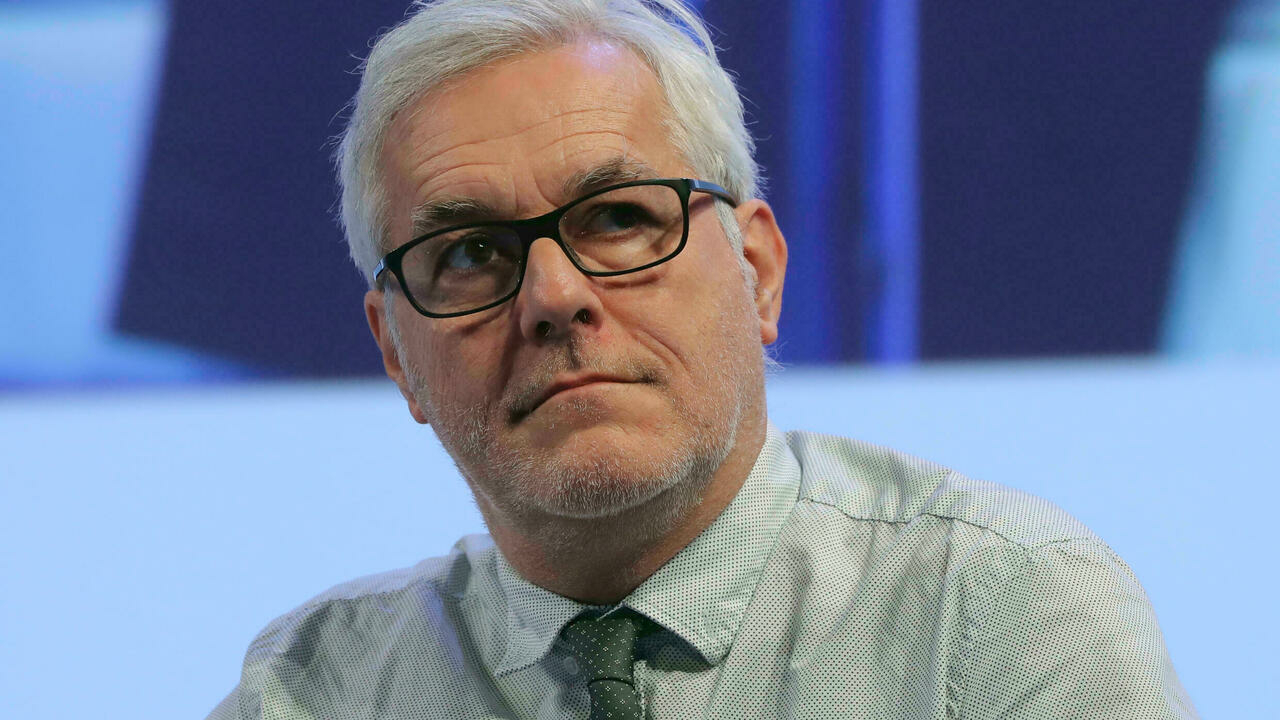Posted in: the average :
Paris (AFP)
Global warming associated with human activities is “indisputable” but climate science still hides “key mysteries” that must be solved, estimates climatologist Robert Vautard, citing in particular the underestimation of the intensity of heat waves.
Since the last assessment report of the United Nations Climate Experts (IPCC) in 2014, science has made significant progress.
“Today we have better climate projection models and longer observations with a much clearer indication of climate change,” he explains. “It was already clear, but it’s more clear and indisputable today.” – He told AFP before publishing the new assessment from the Intergovernmental Panel on Climate Change of which he was one of the authors.
While it was recently impossible to link a specific climate event to warming, the so-called “attribution” science now makes it possible to do so.
“Today, in almost every event, we can say after a few weeks, or a few days for the simplest, if that event would have a much lower probability of appearing if there was no climate change.”
Example: The unusual heat wave that occurred in late June in the western United States and Canada would have been “nearly impossible” had it not been for the warming, according to scientists from the World Weather Attribution.
# photo 1
The first part of the IPCC report, due to be unveiled on August 9 at the end of the meeting that begins on Monday, focuses on the science: warming, sea level rise, increased extremes…
– ‘Massive temperatures’ –
The mechanisms that operate during these “extreme phenomena now occurring almost every week around the world” are also better known, allowing for a “better estimate” of their path into the future, explains Robert Vautard.
Despite these developments, “key mysteries remain,” he says, such as “the role of clouds in the planet’s energy balance” and their impact on climate sensitivity to greenhouse gases.
# photo 2
But the climate scientist is especially wondering about the “massive temperatures” recorded in June in Canada or in Europe in 2019.
“For precipitation, we are fortunate to have a law of physics that states that water vapor increases by 7% for each degree of warming. And heavy precipitation will increase approximately the same (…). But the problem that worries me most is the heat waves,” he notes. , referring to “thousands of dead.”
“We know that heat waves are increasing, but we also know that our models underestimate the increase in the intensity of these heat waves, particularly in Europe, by a factor of 2,” insists Institute director Pierre-Simon Laplace.
# photo 3
Climate models must be improved to reduce uncertainty margins and gain more accuracy. Since 2014, they have made it possible to develop regional climate models.
“Previously, we had models that represented the main phenomena in the atmosphere, the oceans. Today the models come down to a scale of about 10 kilometres, and the next generation should reach the scale of about a kilometer.”
– ‘Critical points’ –
This will make it possible to make predictions of “small-scale” phenomena: hurricanes, hail or even “Mediterranean rings”, these storm systems that bring huge rains like those that devastated part of southeastern France. In the fall of 2020.
“We cannot yet simulate them well because the accuracy of the models is insufficient” for phenomena covering “a few kilometers or a few tens of kilometres”.
# photo 4
As for the “tipping points”, such as the possibility of melting ice caps or the retreat of the Amazon, which could lead the climate system towards a radical and irreversible change, there is again “a lot of mystery and ambiguity”. In particular on the level of temperature it will take to engage them.
It’s crucial to learn more because even if they had a lower probability, their “irreversible consequences on a scale of thousands of years” would be much greater than other, more likely events with lower impacts, explains T.
# photo 5 صورة
Finally, the uncertainty concerns the state of forests and oceans, which absorb about half of the carbon dioxide emitted by humans.
Robert Vautard asks: “Will the carbon sink function still be effective or not?” “It’s a concern” because the carbon they will no longer absorb will increase the concentration of carbon dioxide in the atmosphere and global temperature.
© 2021 AFP

“Subtly charming problem solver. Extreme tv enthusiast. Web scholar. Evil beer expert. Music nerd. Food junkie.”

